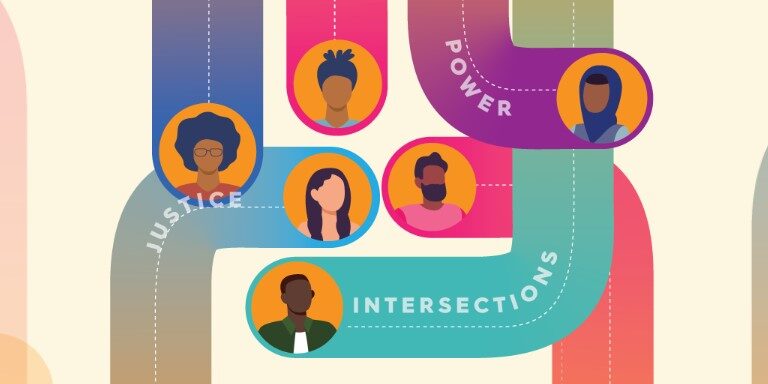By Thai Le, Edward Muña, Sarah Treuhaft, and Rasheedah Phillips*
May 2022
The coronavirus pandemic continues to both illuminate and deepen the challenges of structural racism and housing inequity in the United States. While rent relief programs are sunsetting and rents are skyrocketing, millions of renters negatively impacted by the pandemic’s economic fallout face crushing rent debt, eviction, and homelessness. And the renters who have been hit the hardest are disproportionately people of color and people living on low incomes. This extreme precarity stems from a housing crisis that has plagued communities for decades. At the onset of the pandemic, there was not a single state, region, or county in the US where a full-time worker earning the minimum wage could afford a two-bedroom rental home, and nearly half of Black and Latinx renters (and more than a third of all renters) were paying unaffordable rent.
Not only is there an overall shortage of affordable rental homes, but they are rarely located in “high-opportunity” neighborhoods that have high-quality schools, safe streets, clean air, parks, reliable transit, and proximity to jobs, retail, and services. Instead, they are concentrated in disinvested neighborhoods that lack these “opportunity structures” and are often replete with harms ranging from polluted air to decrepit infrastructure to excessive surveillance and police violence. The overcrowding of affordable homes in lower opportunity neighborhoods and lack of affordable homes in higher opportunity neighborhoods have significant negative consequences for people living on low incomes. Decades of research underscore that living in a neighborhood lacking critical opportunity structures negatively affects health, access to educational and economic opportunities, and life outcomes — especially for children.
This uneven “geography of opportunity,” or access to neighborhood conditions that influence positive life opportunities and outcomes, is a defining hallmark of American metropolitan regions — and it is one that is deeply rooted in systemic racism. In the past, racially discriminatory policies, including redlining, urban renewal, and government-backed home loans (almost exclusively for white homebuyers), created geographic concentrations of opportunity and disadvantage throughout regions. Today, policies that are not explicitly discriminatory yet have racially inequitable impacts (e.g., exclusionary zoning), maintain these patterns of spatial inequality — effectively locking many people of color out of educational and economic opportunity.



